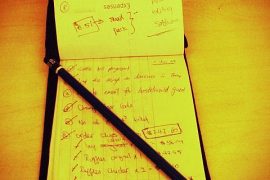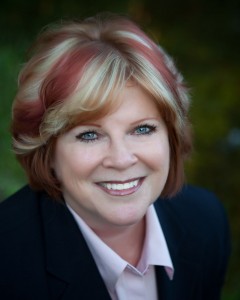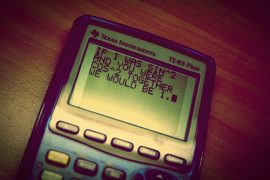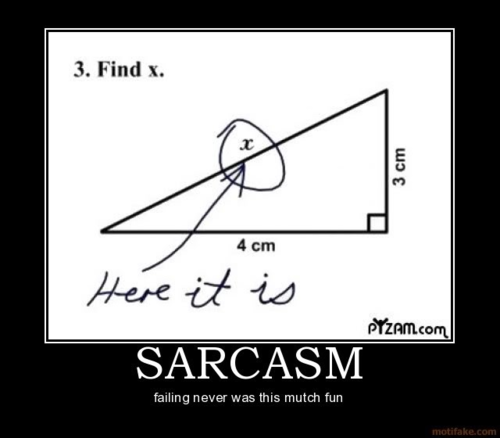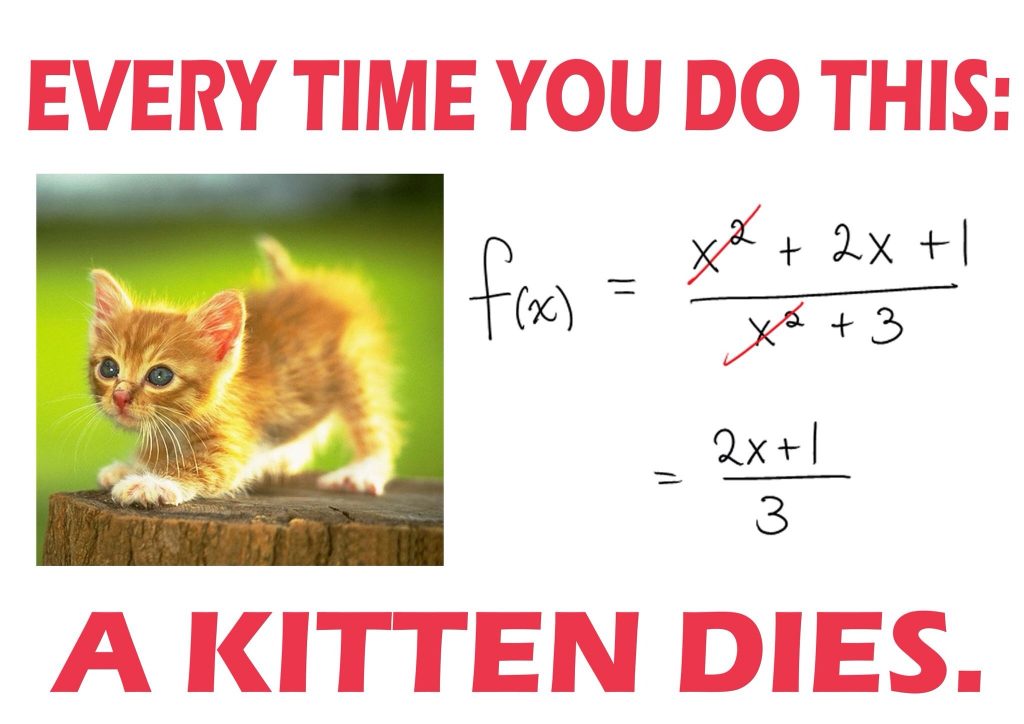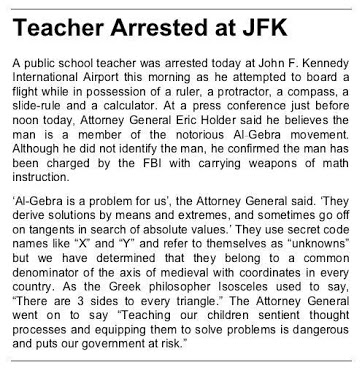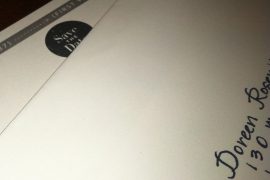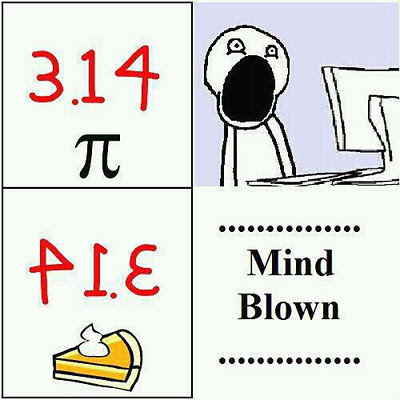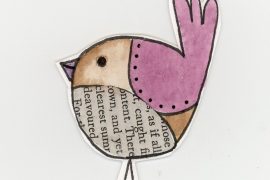Most folks readily tell me that they don’t do any math in a day. Not a stitch. So maybe they don’t sit down and solve for x or graph a quadratic equation or use the Pythagorean Theorem. But we all do math every day. And I decided to prove it.
It was last Tuesday — a pretty regular day.
April 2, 2013
6:00 a.m.: Review to-do list, estimating the time that each item would take. Count up the number of hours estimated to be sure not to exceed eight hours, while leaving time for lunch and exercise.
7:00 a.m.: Track all Weight Watchers points that I expect to use for the day, by planning what I’ll have to eat for breakfast, lunch, dinner and snacks. Allow the online program to add everything up, but pay close attention that my breakfast and lunch are around 6 points each and that I’m using less than 8 points from my weekly extra points.
10:00 a.m.: Review invoicing for first quarter. Within bookkeeping program, look at the data in a variety of ways: bar graphs, showing income for each month, and tables showing the income for each client. Compare income to goals and adjust expectations where necessary.
11:00 a.m.: Set budget for new book postcard, using designer’s estimates. Compare costs of a fewer number of cards to the costs of a much larger run. Table the decision to think about things.
12:00 a.m.: Attend weekly Weight Watchers meeting, and learn that I lost 0.4 pounds last week. Spend meeting mentally calculating how that could have happened, given the fact that I didn’t stay within my allotted daily points for a few days. Remember that balancing the equation of caloric intake and output, with variables like water retention, is way too complex for mental math. Decide to just feel fortunate and proud.
1:00 – 3:30 p.m.: Outline online lesson about linear, quadratic and exponential functions. (Yes, this is where I and the rest of the world differs! But I wanted you to know that this curriculum doesn’t appear out of thin air.)
4:00 p.m.: Meet with potential photographer for our wedding. Count backwards from the start of the wedding to estimate the time necessary and the cost of a second photographer. Mentally calculate how much over our budget we’d go if we hired this photographer. (Everything goes over budget, I’ve found.)
6:30 p.m.: Meet a friend for drinks at a local restaurant. Scan menu for lowish-calorie drink, decide that since a cosmo is the same points as a glass of wine, why not have the pink drink in the fancy glass?
7:30 p.m.: Get the check. Find the tip by taking 10% of the bill and doubling it. Then split the check evenly since we got the same drink and shared an appetizer.
11:30 p.m.: Daughter can’t sleep. Mentally add up the number of hours of sleep we can each expect to get if she would just fall asleep right now. Finally she dozes off.
And there you have it — my math day. As you can see, the math was tucked into various nooks and crannies. If I hadn’t been paying attention, I wouldn’t have even noticed it. And most of it had nothing to do with the way I learned to do math at school.
So what about you? Here’s my challenge: Just for today, jot down when you’ve used math. Then share what you learned about yourself in the comments section. Did you find that you used math more than you thought? Did you discover that you’re using a kind of math that you never, ever expected? I want to know!
